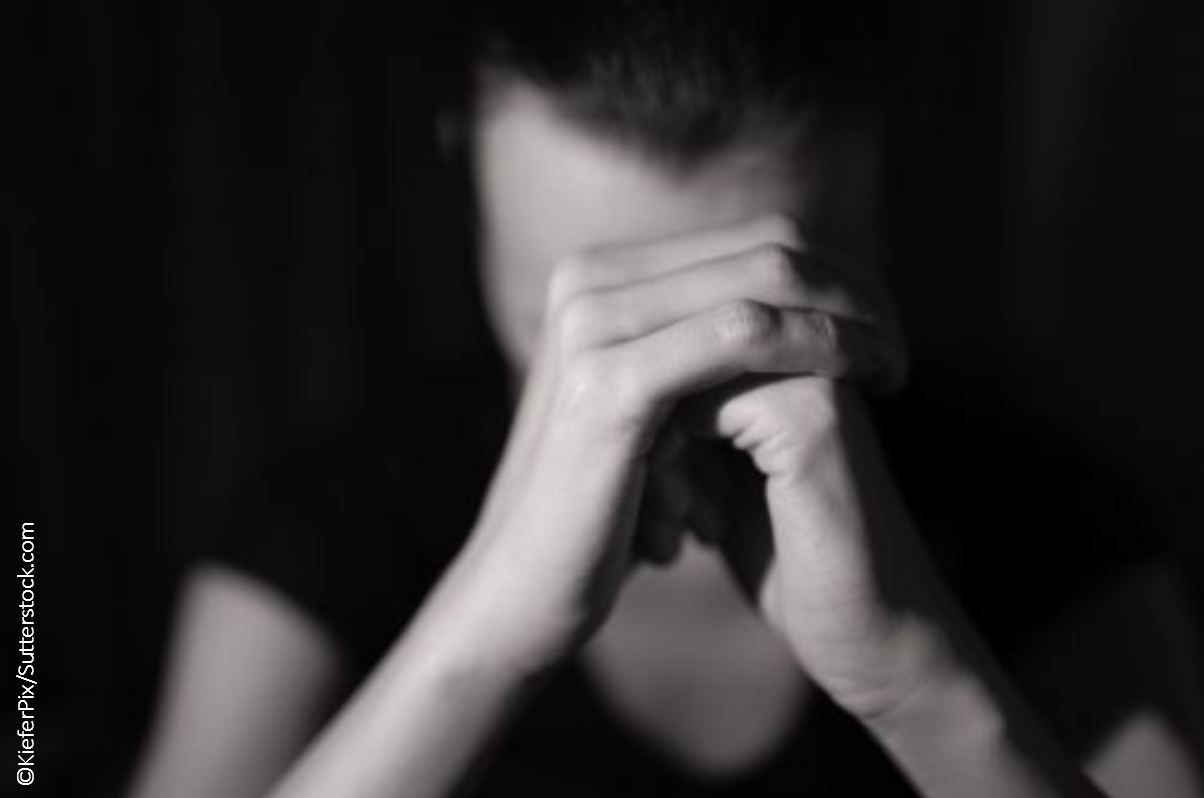Atypical Depression: 5 Typical Questions
Sample: Approximately what percentage of patients with major depressive disorder may actually suffer from atypical depression, according to DSM-IV criteria?
©KieferPix/Shutterstock.com

It is estimated that depression is the reason for approximately 8 million physician office visits a year; more than half of those are with primary care physicians (PCP). What percentage of those patients seen by a PCP may actually fulfill the diagnostic criteria for “atypical depression?” And what exactly does atypical depression “look” like? It may be more common in your practice than you think.
Find out what you know and learn more as you go with this 5-question quiz.
Question 1.
Please click here for answer and next question.
Answer: C. 15%-30%. Prevalence estimates of atypical depression vary based on the definition used, however, epidemiologic studies using DSM-IV criteria have suggested that 15% to 29% of patients with major depressive disorder have atypical depression.1 Clinical studies have backed this up, suggesting a prevalence rate 18% to 36%.2
Question 2.
Please click here for answer and next question.
Answer: B. Pressured speech. According to DSM-5 criteria,3 features of atypical depression include mood reactivity, hyperphagia, hypersomnia, leaden paralysis, interpersonal rejection sensitivity, but not pressured speech. Pressured speech may be a symptom of bipolar disorder. As opposed to melancholic depression, symptoms of atypical depression may improve in response to positive events, such as good news.
Question 3.
Please click here for answer and next question.
Answer: E. All of the above. Atypical depression is commonly comorbid with anxiety disorders such as social phobia, eating disorders such as bulimia nervosa, and substance-related disorders such as alcohol abuse disorder. In addition to mood reactivity, hyperphagia, hypersomnia, and interpersonal rejection sensitivity, other symptoms of atypical depression include insomnia, headaches, or other bodily aches and pains. These symptoms may overlap with comorbid psychiatric disorders and complicate diagnosis.2
Question 4.
Please click here for answer and next question.
Answer: D. None of the above. Some research, including a 2006 meta-analysis, supports the superior efficacy of MAOIs over TCAs, but not over SSRIs in the treatment of atypical depression.4 However, MAOIs are not widely used in current clinical practice, and no treatment guidelines for atypical depression exist. More recent studies have suggested that treatment response may not vary significantly based on depression subtype and type of antidepressant therapy.5
Question 5.
Answer: B. More chronic. Atypical depression more often has a more chronic course with an earlier age of onset vs melancholic depression. The chronic nature of atypical depression may partly explain why it is the most common form of depression in outpatient psychiatry. The chronic nature may also contribute to various misdiagnoses, such as chronic fatigue syndrome and personality disorder, which may delay appropriate therapy.6
References:
1. Thase ME. Recognition and diagnosis of atypical depression. Clin Psychiatry. 2007;68:11-6.
2. Åojko D, Rybakowski JK. Atypical depression: current perspectives. Neuropsychiatr Dis Treat. 2017;13:2447-2456.
3. American Psychiatric Association. Diagnostic and Statistical Manual of Mental Disorders (DSM-5), Fifth Edition. Washington, DC: American Psychiatric Association; 2013.
4. Henkel V, Mergl R, Allgaier AK, et al. Treatment of depression with atypical features: a meta-analytic approach. Psychiatry Res. 2006;141:89-101.
5. Arnow BA, Blasey C, Williams LM, et al. Depression subtypes in predicting antidepressant response: A report from the iSPOT-D trial. Am J Psychiatry. 2015;172:743-50.
6. Singh T, Williams K. Atypical depression. Psychiatry (Edgmont). 2006;3:33-9.